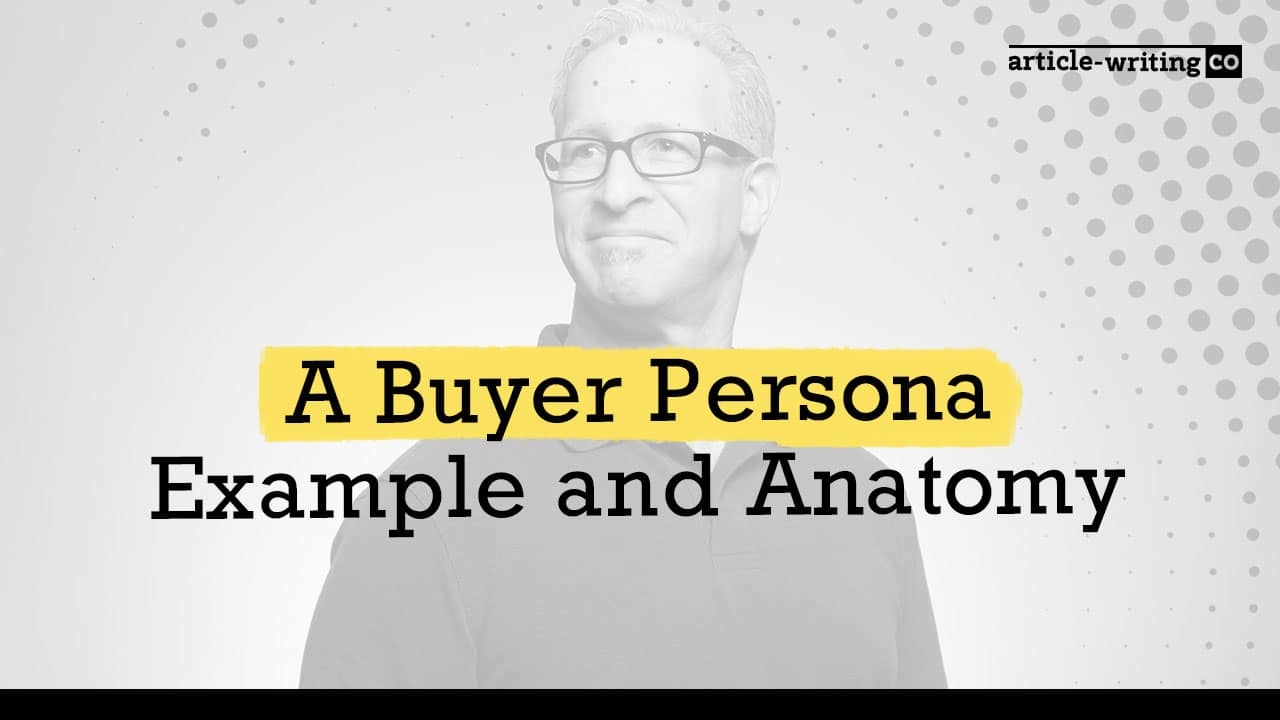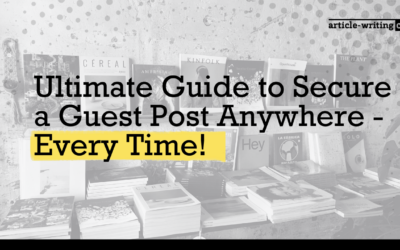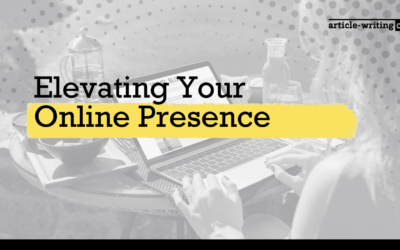Does anyone remember Aesop’s fable of the man, the boy and the donkey? The lesson of this classic tale is that trying to please everyone ultimately pleases no one. A buyer persona example provides unique access to connect with a specific audience.
Everyone would buy your product or use your service in a perfect world. But this isn’t reality. Your product is made for certain people, and it’s your job to ensure those people are interested. If you don’t know who those people are, it’s time to create a buyer persona.
What is this? A buyer persona is essentially a human representation of basic marketing concepts. These cover the goals, mindset, and actions of a potential customer for your company. Online marketing strategist and author David Meerman Scott puts a buyer persona’s purpose in simple terms:
“Basing your work on buyer personas prevents you from sitting on your butt in your comfortable office just making stuff up, which is the cause of most ineffective marketing.”
In essence, a buyer persona is a template for your marketing plans. When you know what type of person you want to start attracting, it’s easier to create things that do that. However, a buyer persona has different components you need to address. Here are some of the most important ones.
Persona profile definition
Who is the persona? In sales, a persona is a model of an ideal customer. It helps sales teams better understand the needs and motivations of their target audience so they can deliver more personalized, compelling messages. A persona usually includes crucial demographic information such as age, gender, job title, company size, and interests.
A persona profile represents your ideal customer and includes data points such as company size, job title, age, gender, and interests. By understanding the needs and goals of your target audience, you can create content that speaks to them directly and more effectively engage them.
The Heart of a Buyer Persona
Every purchase stems from a problem. Sometimes, it stems from several problems. A person is hungry, so they need to buy some food. But they are a vegetarian, so they can’t buy food with meat in it. However, they cook for a mixed dinner of vegetarians and meat-eaters, so they buy a veggie burger to meet their guests halfway. What problem your product solves is the heart of your buyer persona.
Let’s keep rolling with the veggie burger example. By crafting a burger from vegetable ingredients, you are mimicking the taste and texture of meat. What problem does this solve? One possible example is recently converted vegetarians who miss the taste and textures of meat. You now have a possible motivation for your buyer persona. Taste and textures that are like meat—keep that in mind.
The Limbs of a Buyer Persona
Now that you know why a customer may want a particular product, it’s time to look and see their methods to get them. For example, does your customer prefer reading the circular to see what’s on sale at the grocery store? Do they check online on their computers? Or do they have a smartphone app that provides them with deals? These are the limbs of the buyer persona: how they reach for the products they want.

Remember the person wanting veggie burgers? They have a very hectic job, making it challenging to shop. Being a person in a large city, they have grocery delivery as an option. As a result, they do most of their grocery shopping online. Preference for online grocery shopping lives in a major city—add those to the list of things to keep in mind.
The Face of a Buyer Persona
The location ties into the next part of the buyer persona: demographics. Where does your customer live? What age bracket are they in? What is their income? Vegetarian food costs a bit, and we’ve established that our imaginary customer is very busy. Let’s assume it is because they have high-powered job. This means they have plenty of money. Living in the city loves tech – sounds like a younger person. Millennials are turning vegetarians at a higher rate than other age groups. It’s all starting to come together.
With all these facts, we have a complete buyer persona. Let’s have a little fun with this and put a name on it. (Many major companies do just that.) Ted is a 25-year old man living in New York City who grew up in a meat-eating household, but turned to vegetarianism for his health. He doesn’t have a moral objection to eating meat, but he still stops eating it. However, he wants to enjoy the taste every now and then. Being a millennial, he prefers ordering online whenever possible to save time. Having a good job, he is willing to pay top dollar, but time is at a premium.
We have a demographic, a purpose, a mindset, and shopping preferences for our ideal customer. Now, how do you turn this knowledge into sales?
Get The Body Moving
At this point, you know exactly the type of buyer you’re looking to target. You understand their motivations, how they like to shop, and the traits they like the most from their products. There are two major issues here, though.
- Taking the time to figure this out is valuable time that you may have needed to invest in other aspects of your business. Until your buyer persona is figured out, you’re not getting the consistent sales you need.
- You need to communicate this buyer persona in the critical copy. This is easier said than done. For a guy like Ted, you need to communicate that your veggie burger is tasty but reminiscent of the real thing. He’s not hung up on how his veggies are sourced but wants to know if they suit him.
This lets us bring back the conversation to product descriptions. A product description is a perfect example of how buyer persona meets copy. You could tell Ted everything he needs to know in a paragraph or less.
But how can you customize the language to fit what your ideal customer is looking for? How can you maximize SEO to make your product descriptions appear in the searches they would use? You could try and do this yourself, but time is at a premium as a business owner. You could bring on a freelancer, but you must test the waters and figure out how many people you need to roll out a content strategy.

If you want to create a buyer persona and have product descriptions that target it all in one, fell swoop, a custom product description writing service is precisely what you need. This combines several different facets that you need:
- Proven writers who have the expertise to create copy that will convert sales.
- The capacity to handle a large volume of product descriptions. This is necessary for handling a product line rollout.
- SEO knowledge that helps your descriptions rank on leading search engines.
The buyer persona is an essential step in your marketing strategy. But it is also just the first step. Make sure you have the right partners to help you move forward by teaming up with content experts who can help you develop the strategy you need to apply your laser-sharp focus directly toward your ultimate end user.
Are you ready to find the best writing service? Look no further! Our team of experienced writers can help you create content that speaks directly to your target audience, delivering results and engaging them more effectively. Get started today – click here to learn more!

David is the Founder and Director of article-writing.co, the fastest-growing content creation agency in North America. He has transformed companies by offering high-quality content that has impacted their SEO ranking, revitalized websites with engaging and industry-relevant blogs and website copy, and championed successful email campaign copy.




